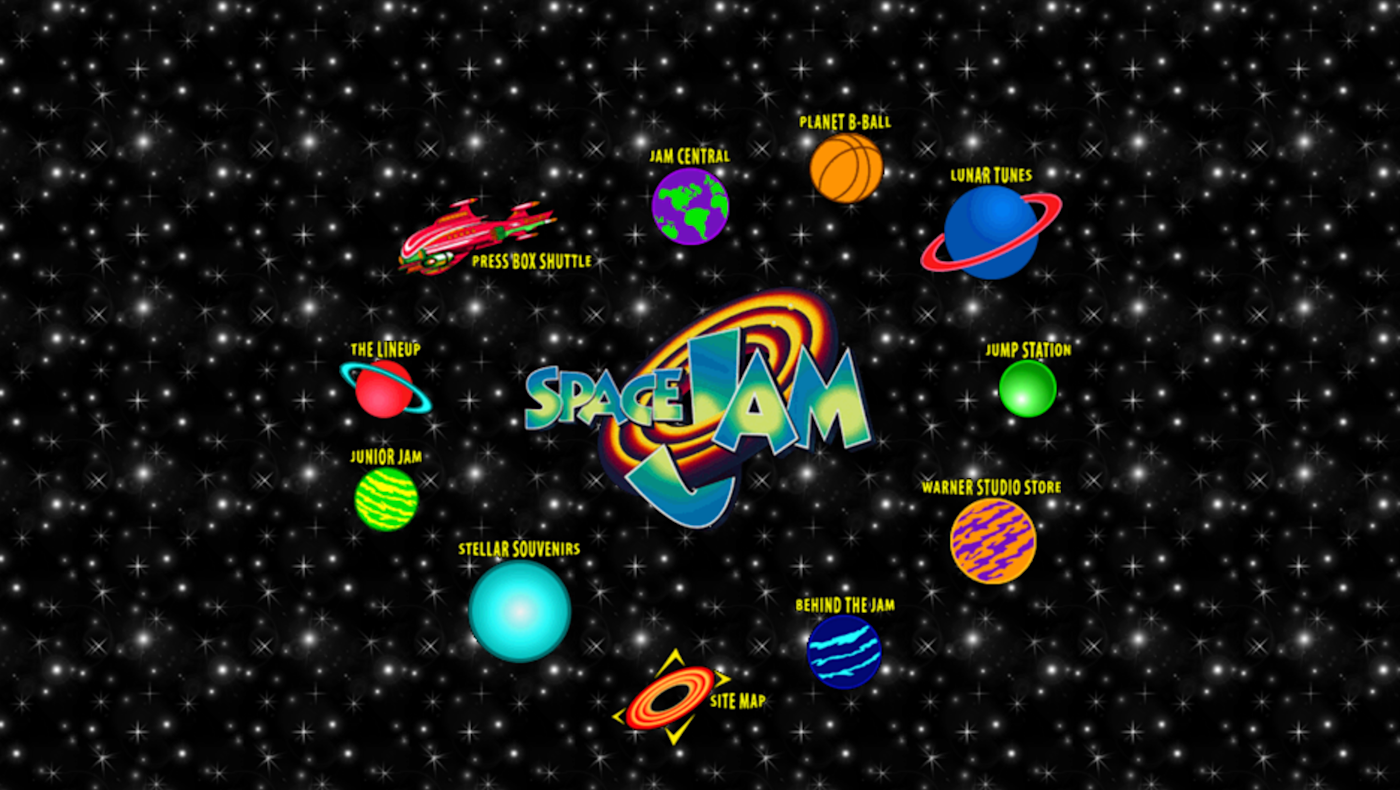I've run multiple blogs in my life, but you know what I've never had to do? Manually add a byline field, publish date element, or related articles section to a post. Those are all taken care of by a content management system (CMS).
This isn't how the web always worked. Once upon a time, every page on a website was hand-crafted, and I would have had to add all of those elements to every blog post if I wanted them to appear. Using a CMS means I don't have to do that, and that it's easy to update how these elements look for thousands of articles all at once.
What does a CMS do?
Understanding any tool requires understanding the problem it solves, so let's talk about the early internet. The first website was built in 1991 by Tim Berners-Lee. It looked like this:

There's text, there are links, and that's about it. You could build a website like this in HTML, a basic language, using any text editor. There was no need for a tool to manage multiple pages because building more pages was simple—you just made more.
Over time, websites became more complex. Here's the original Space Jam website, published four years later in 1995:

There are images, for one thing, and the individual pages each look completely different.

Pay attention, and you'll notice that every page was built independently. There's a sidebar on the above page, but not every page had one. Programmers were copying and pasting code for the sidebar onto pages if they thought it should be there. It's charming, in a chaotic way.
This is how building websites used to be: you'd hand make each page, separately. This worked fine for a site as small as the Space Jam website, which only had 13 pages. It was a lot less viable for, say, a news publication pushing out dozens of articles every day. There were workarounds, but all of them were clumsy.
This is the problem content management systems were designed to solve: the need to manually add elements to every page on a website. There's nothing stopping you from learning to code in HTML and building a website from scratch, then adding new posts and pages by manually making more HTML pages. But content management systems mean you don't have to do that.
CMS examples
Perhaps the most famous CMS, and by far the most frequently used, is WordPress. It's a free and open source CMS, meaning anyone can head to WordPress.org and download it without paying a dime—you just need a server to install it on (that can be your computer) and a domain name. I've set up WordPress multiple times, including for my personal website.

Adding articles is simple—much simpler than coding everything in HTML by hand. Every article I add to my WordPress setup is added to a database, which I can organize using categories, tags, and more. I can set up custom menus at the top and bottom of my site and install custom themes to change how every single page on the site looks, instead of having to adjust each one individually.
WordPress is just one option—other open source CMS systems include Drupal, Joomla, and Ghost. Most web hosts offer easy ways to install all of these systems, making them fairly straightforward to set up. The downside: you need to handle updates to the CMS yourself.
If that's too complicated, there are managed CMS options that don't require you to deal with the technical side of things. There's WordPress.com, which offers a simplified version of WordPress that you don't have to manage. (I outlined the difference between WordPress.org and WordPress.com, if you're confused, but basically WordPress.com is a service that makes it easier to build a WordPress website.)
Or, if you want something even easier to use, there are services like Squarespace or Wix. You can sign up for either of those services and have a website on the internet in the next hour, easily. Both offer their own proprietary CMS, with plenty of options for customization.
Some organizations build their own CMS or heavily modify existing options to suit their needs. Vox, the media company that runs Polygon, uses Chorus, which they built in-house. The blog you're looking at right now is built on Contentful, a headless CMS where our content lives and that maps to a custom user interface built by our developers.
Content management systems...manage your content
And that's what a CMS is: a system that makes it easier to run a website. Basically every website you visit is built on some sort of content management system, unless you regularly visit sites that haven't changed since the '90s. And there are hundreds, if not thousands, of different CMS platforms on the market.
It's a lot to navigate. If you're not sure where to start, check out our list of the best CMS platforms for your business. It outlines the major players and explains which work best in various contexts.




